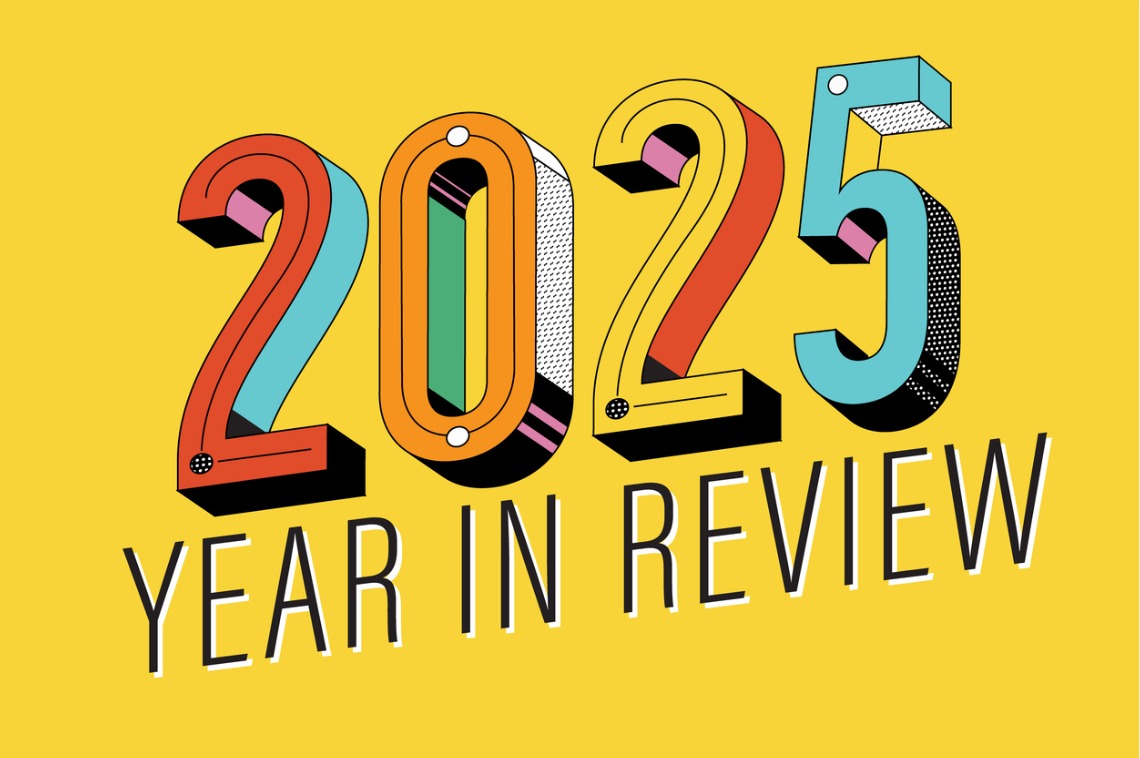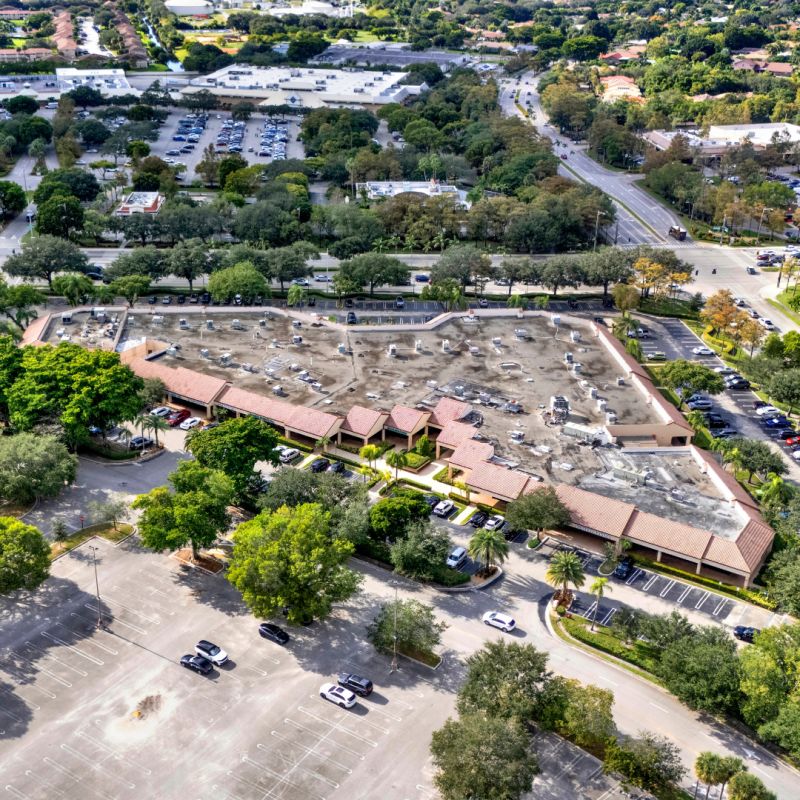I
nvestors face challenging conditions as the market remains under pressure. Many clients' largest asset is their home, and recent volatility in financial markets has created uncertainty for the residential real estate market.
Existing home sales declined 0.5% in April compared to the same month last year and were down 2% year-over-year, according to the National Association of Realtors. Despite this, pent-up housing demand continues to grow, with any meaningful decline in mortgage rates expected to release this demand. The number of homes available on the market increased 9% in April, but prices are rising, with a median existing home price of $414,000 representing a 1.8% increase year-over-year.
However, sales and price trends vary by location, with the Northeast leading both sales and price gains, while sales are lower elsewhere and prices are higher in the Midwest but down in the South and West. Redfin predicts that nationwide prices will dip 1.1% by year-end due to expected mortgage rates remaining around 7% for the remainder of 2025.
The softer market is reflected in home buyers canceling contracts, with over 14% of homes going under contract in April being canceled, the highest share since at least 2017 (except for 2020 during the pandemic). However, those with rental properties may see better returns, as US single-family rent prices increased 2.9% year-over-year in March, according to industry data from Cotality.
National trends are firming, but markets with new rental units coming online showed softness in single-family rents. High-end property rentals saw a 3.5% increase compared to 2.1% for low-end properties, while rent for both detached and attached rentals grew by 2.8% in March.














